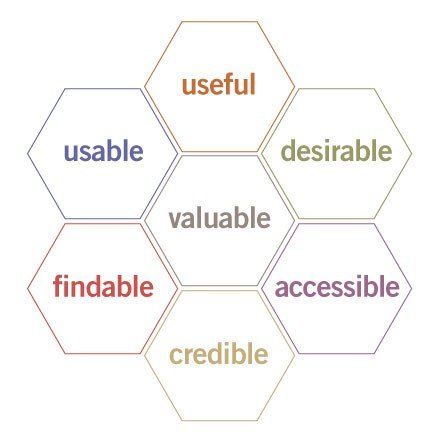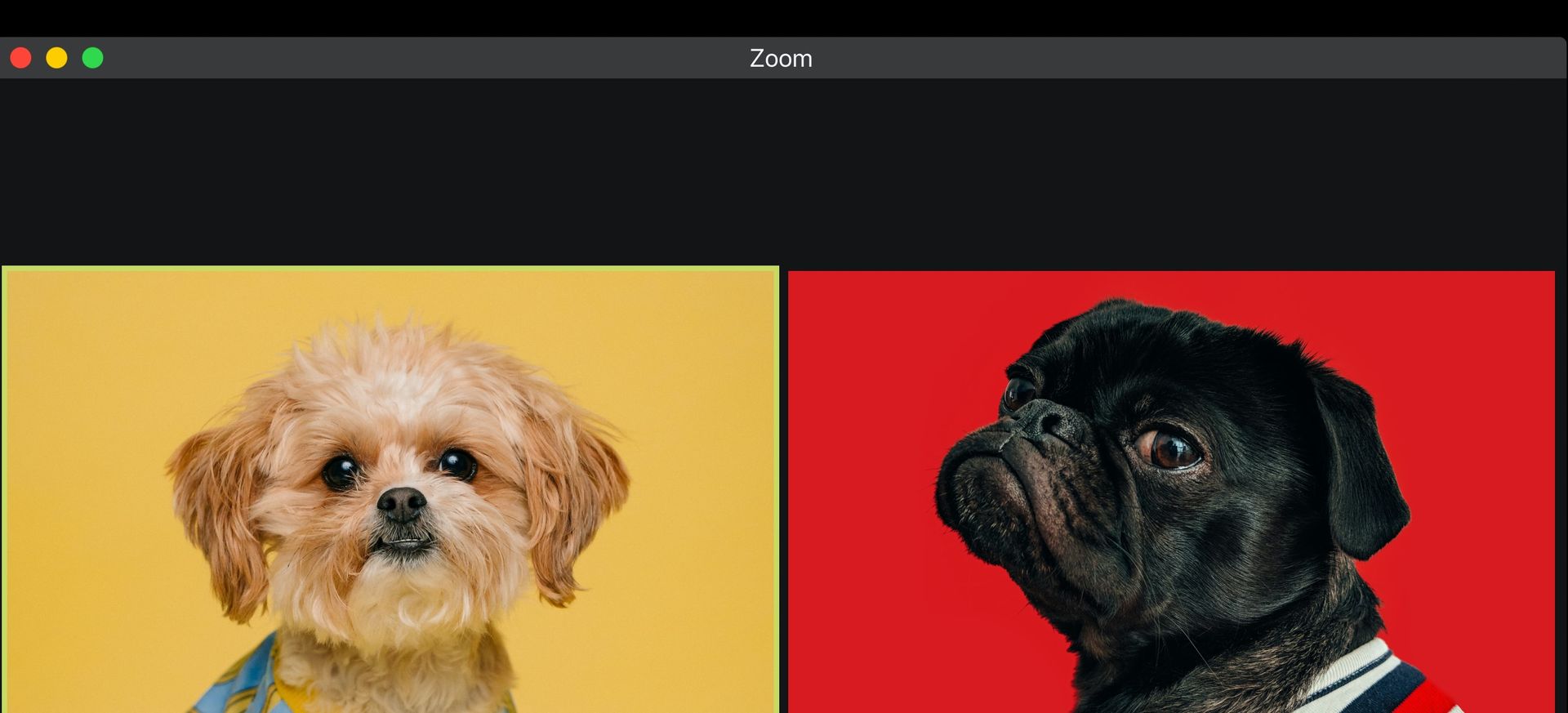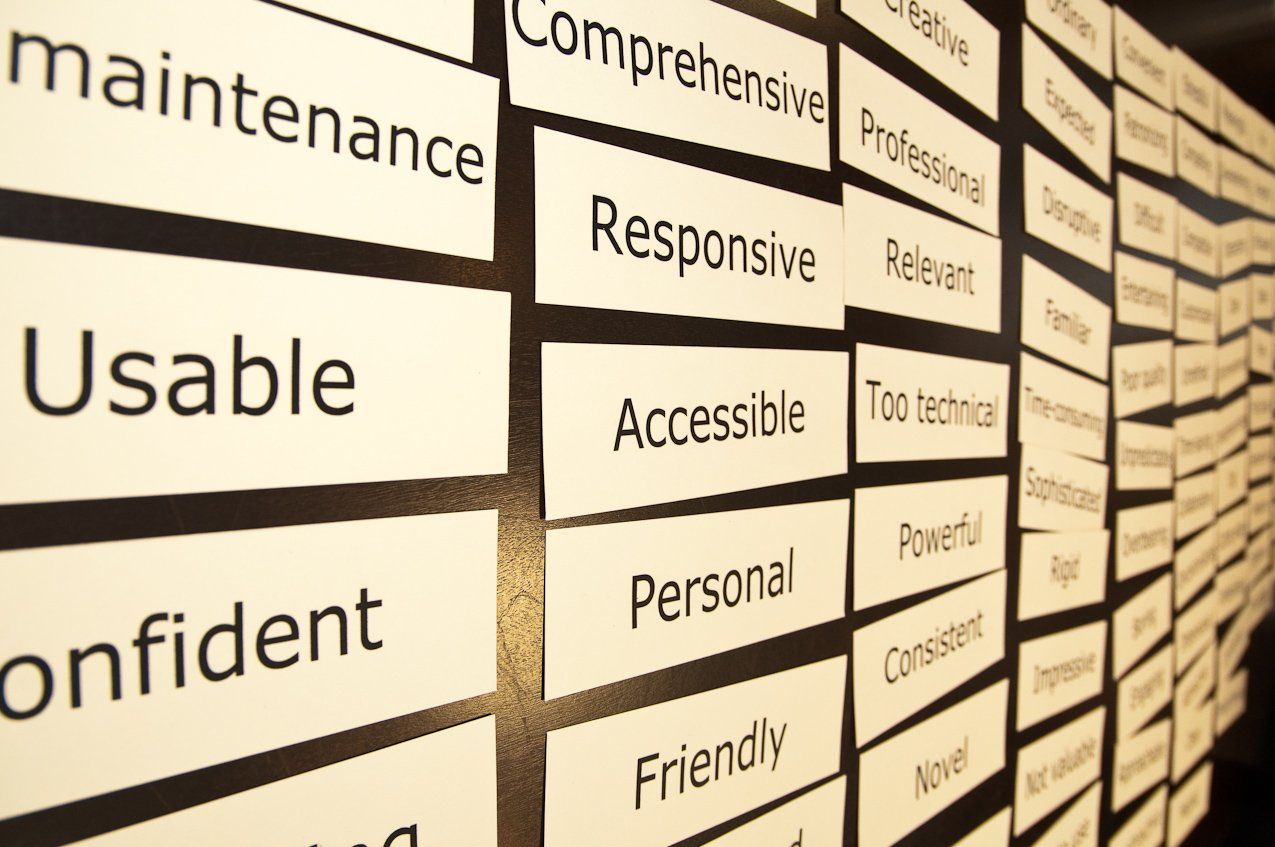What is a User Experience Company
A UX company builds UX into design and development
A UX (user experience) company focuses on the design and development of products that reflect good user experience. Full-service UX agencies combine the expertise of UX designers, interaction and visual designers, content creators, and UX researchers.
For each new client project, the UX agency will assign a dedicated team to meet with the client to define, design, and develop positive user experiences across all platforms and user interfaces.
Smaller UX companies will often combine roles in their staff, generally focusing their hiring on UX designers who are also expected to manage other roles, such as UX content creators and UX researchers.
Regardless of the size of the company, a UX team needs roles that encompass UX design and UX research. Job postings for UX designers often emphasize UX or UI design skills as the top skill but also seek designers who can create content and conduct UX research.
For companies that hire UX specialists and for UX job seekers, it is important to know what is generally considered to be the role of each. A look at two recent job postings by Home Depot on Indeed.com highlights the differences.
What is a UX Designer?
Here’s how Home Depot describes the job of the UX Designer

The User Experience Designer is responsible for designing intuitive, quality products through collaboration with end users and modern software development teams. User Experience Designers work directly with end users to collect and analyze quantitative and qualitative data through formal research. This information is used to inform product-related hypotheses, recommendations, and ultimately user stories in the product backlog.
- 20% – Planning & Analysis:
- Communicates with key user and operational groups to understand business needs
- Elicits ideas and assists team members with gaining shared understanding, and aligns the product team and stakeholders
- Presents design concepts, user needs, and design rationale to multidisciplinary teams, as well as to key stakeholders and business partners
- 80% – Delivery & Execution:
- Analyzes user experience data and provides recommendations to address business needs
- Documents, reviews and ensures that all quality and change control standards are met
Collaborates and pairs with other product team members (UX, engineering, and product management) to design solutions - Creates designs such that information is easy to find, consume, and understand
- Communicates ideas and designs to end user and product team members
- Participates in and contributes to learning activities around modern software design and development core practices (communities of practice)
What is a UX Researcher?
Here’s how Home Depot describes the job of the UX Researcher
You are a passionate User Researcher, with the required training and experience conducting rigorous research across retail channels. You are adept at field- and lab-based human studies. You have worked in a research field and have examples of projects that have benefited from your results. You drive innovation by championing actionable user insights. If this sounds like you, we are looking for a resourceful, creative User Researcher to join our team, focusing on our innovative customer facing digital experiences. The User Researcher will collaborate with UX designers, product and engineering partners in conducting user research. Through deeply understanding our customers, you will identify user needs, enhance product usability, and provide our team avenues of innovation to delight our customers. Our researchers own their projects from conception and execution to analysis and presentation. To be successful in this role, you will need the ability to engage with customers, to moderate studies neutrally, and to communicate clear and actionable research findings. You will need to effectively manage ambiguity, leading large groups of designers, product managers and engineering partners toward a common goal. You will need to be a storyteller, to give life to customer data.
- 45% – Conduct unbiased interviews and usability sessions with customers, analyze resulting data, and create actionable deliverables so that the design, product and engineering partners are able to move forward with a clear path, knowing that they are solving customer needs. Present those findings in a succinct and engaging way to all of the project team, including designers, content strategists, and product managers and engineering partners.
- 45% – Create screeners to recruit target users for feedback sessions or usability studies, maintain a database/record of past and prospective participants and study design. Create moderator guide, design survey, and use online tools to create and launch research studies.
- 10% – Work with design, product and engineering partners to develop strategic research plans. Transform product and UX stakeholder needs into research objectives. Given project constraints, match objectives with the appropriate scope (generative or tactical) and methodologies.
What’s the key difference in UX design and UX research roles?
Although the UX designer is responsible for designing intuitive products based on knowledge of user experience, the role of the UX designer is to analyze the user research data provided by the UX researcher. The role of the UX researcher is to produce the UX research and to work with the design team to turn research objectives into recommendations that be implemented by the UX designers. In other words, these two roles are partners in creating good UX products.
What is good UX?
Good UX is achieved when users feel satisfied with their interaction with the product or interface because they can achieve their goal with ease. To sum it up, good UX is a user experience that is useful, usable, and desirable,
Peter Morville, a well-known information architect and UX expert, created a graphic to present the qualities of good UX, which he calls the user experience honeycomb. The facets in the honeycomb include both behavioral measures and the intangibles of “valuable,” “desirable,” and “credible” that users determine through their use of the product. Applying the qualities presented in the honeycomb creates awareness for everyone on the UX team to focus on good UX.

How do you know when a product or interface has good UX?
How do you know when you have achieved good UX? Your customers will tell you!
For an e-commerce website, evidence of good UX can be found in sales, indicated by a good conversion rate from browse to buy. For other types of interfaces, good UX is achieved when users post positive reviews or when calls to customer service are reduced, or training requirements are reduced or eliminated.
But indicators of good user design may not tell the whole story.
For instance, getting good conversion from browse-to-buy is not enough to assure good UX. Customers who make a purchase may push through a bad user experience with enough motivation to purchase the product, but without much satisfaction from the experience. If the experience is bad, they will often take to social media to complain about it. And they may not come back to your site, especially when there is competition that does a better job of supporting good UX. And then there are those who visited your website but left without making a purchase. Who didn’t convert and why?
Research to discover your user's experience, especially while the product is in design, provides the means to build user experience into the design throughout the development cycle.
Every change that improves user experience strengthens user satisfaction, thereby strengthening customer relations and brand loyalty. When people have a good user experience, they might tell a few friends. When they don’t have a good user experience, they are much more likely to tell a lot of their friends.
“A dissatisfied customer will tell between 9-15 people about their experience. Around 13% of dissatisfied customers tell more than 20 people. Happy customers who get their issue resolved tell about 4-6 people about their experience.” – White House Office of Consumer Affairs
And with social media at users’ fingertips, the number of friends who hear about bad user experience goes up exponentially.
How do you get good UX?
The first step in getting good UX is hiring the right people. But even hiring the best UX or UI designers doesn’t mean that they will know how users will respond to a design.
That’s where UX research comes in.
What is UX research?
UX research is a set of tools that support developers' and designers' understanding of their user's experience.
UX researchers are the people who focus on user experience from the perspective of learning from users. The most often used tool in the UX researcher's toolkit is usability testing. In one-on-one sessions with real users, UX researchers learn how users engage with the product, what’s easy, what’s difficult, what’s satisfying, and what’s frustrating. If usability testing is done early in product design and development, user experience can be built into the product as it is being designed. This process is called iterative design and the result is user-designed products.
Although usability testing is the best way to learn from users, a UX researcher has other tools in their toolkit, including:
- Site visits to learn about the user’s environment and barriers or challenges that need to be addressed in product design
- Customer journey mapping to “map” the user’s experience at all touch points to uncover gaps and pain points in the customer’s experience
- Card sorting to understand the user’s mental model and expectations for the structure of the content on a website or software product
- Diary studies to gain insights into user experience over time in an immersive context
- Focus groups to learn user sentiment and attitudes regarding the company or product
- Expert reviews (conducted by UX experts) to inspect an interface to uncover violations of good UX practice
The point is that many options are available to understand user experience and to make products or interfaces with good UX built in.
What is a UX consultant?
If you find that you are missing the expertise provided by a UX researcher on your team and you don’t have budget to hire a full-time UX researcher, you can seek out the services of a UX consultant. A search for UX consultant or usability consultant will produce lots of hits.
In adding a UX consultant to your design team, you add the team member whose focus is on good user experience with research based on observing and learning from your users as they identify problems and pain points that need to be eliminated.
The result? Good user experience. And good user experience is good business.
Want more practical insights? Check out these blogs.

Carol Barnum
Carol brings her academic background and years of teaching and research to her work with clients to deliver the best research approaches that have proven to produce practical solutions. Carol’s many publications (6 books and more than 50 articles) have made a substantial contribution to the body of knowledge in the UX field. The 2nd edition of her award-winning handbook Usability Testing Essentials is now available.
Size Matters.
We are a small, boutique UX consultancy.
That means you work directly with the top UX experts.
We are with you every step of the way.




